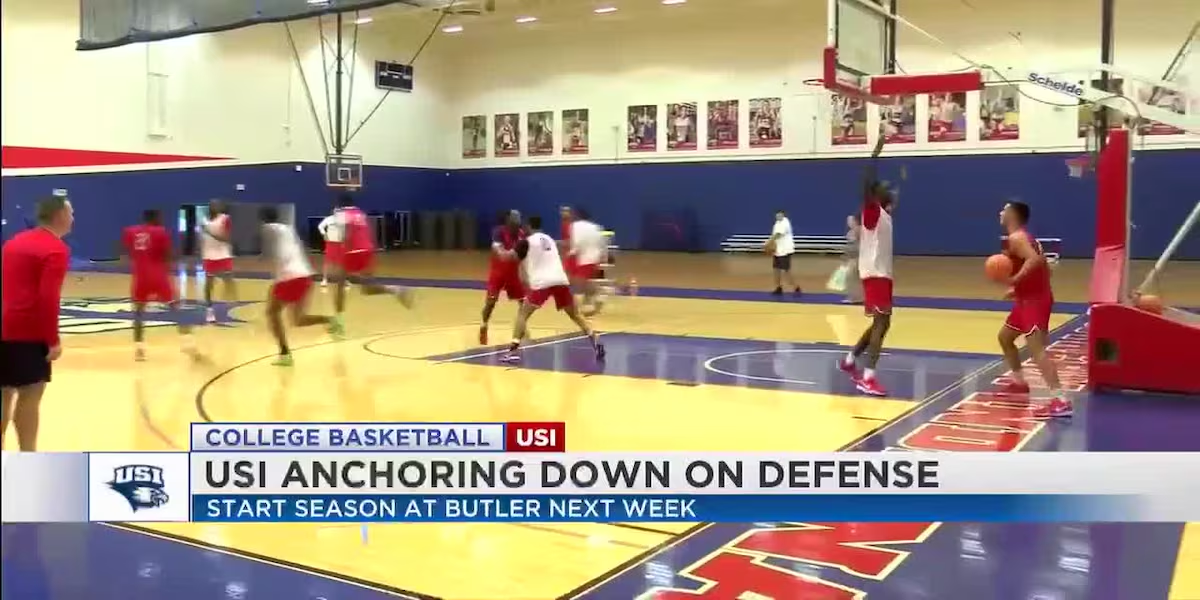How Bush Hamdan, Mark Stoops and Cutter Boley revamped UK football’s offense

READ MORE
Preview: Kentucky football at No. 12 Vanderbilt
Click below to read more of the Herald-Leader and Kentucky.com’s preview coverage ahead of Saturday’s Kentucky-Vanderbilt game in Nashville, Tennessee.
Expand All
Having two bye weeks in the first six weeks contributed to the disjointed feeling of the first half of Kentucky football’s season.
But the strange scheduling quirk may have also saved the Wildcats’ offense.
Kentucky was 2-3 when the second bye week started, coming off back-to-back blowout losses at South Carolina and Georgia. The Wildcats had combined for just 502 yards of offense in those losses. Redshirt freshman quarterback Cutter Boley had taken over the reins of the struggling unit but looked little better than Zach Calzada had before being benched.
Offensive coordinator Bush Hamdan knew significant changes were needed. A conversation with analyst Kevin Barbay, a former SEC offensive coordinator, helped spur a new vision for the offense.
“(Barbay) kind of said something to me, which I’ll keep between us, but it’s been a little bit of philosophically the direction we’ve gone,” Hamdan said. “It’s not about what we’ve done in the past. It’s not about what people say is right. What’s right is what’s working. And so we’ve tried to stay focused on that and just continue to build on it.”
Kentucky has scored at least 30 points in three of its past four games thanks in large part to a revamp of the offense. Brian Simms bsimms@herald-leader.com
The change was immediately noticeable when Kentucky returned to play after its second bye.
In an overtime loss to Texas, Boley attempted 39 passes. He had actually attempted two more in the previous game against Georgia, but this time Boley completed 31 of those throws. His completion percentage jumped from 61 against Georgia to 79.5 against Texas. Against South Carolina, his completion percentage had been just 52.6 with only 19 pass attempts.
Boley had not suddenly transformed into a more accurate passer. Hamdan was just calling plays that necessitated he get the ball out quickly, often targeted to short and intermediate routes.
“Those are things you have to do,” offensive line coach Eric Wolford said. “The pass rushers in this league, the way people create pressure, you got to have answers.”
South Carolina had sacked Boley six times. Some of those were the result of offensive linemen miscues, but Boley had done himself no favors in his first SEC road start by holding on to the ball too long.
In the first two games after the second bye, a running back led Kentucky in catches, further illustrating the emphasis on quick, short throws. Wide receiver Kendrick Law’s role continued to expand with the majority of his touches coming on screen or shovel passes.
“I feel like Bush has really done a good job, certainly the second part of the year, of getting better at the things (Boley) does well,” UK coach Mark Stoops said. “We’ve dressed things up nicely. He’s done a nice job with some motions. Cutter is certainly processing it, and then there are some things happening during the game that you love to see, the way he’s throwing the ball, the spots that he’s throwing it. As you do that, you see people making good catches, and a lot of things just look routine, which is what we all like.”
The payoff for the offensive tweaks was not immediate.
Even with Boley’s soaring completion percentage, Kentucky scored just 13 points against Texas in a game that will be most remembered for the Wildcats’ failures in short-yardage situations. A week later, Kentucky broke through with 34 points — the first time the Wildcats had scored more than two offensive touchdowns against a power conference team in Hamdan’s two-year tenure — but was still lost by 22 to Tennessee.
The first SEC win of the season came in fairly prototypical Stoops fashion, a 10-3 victory at Auburn that saw Kentucky total just 240 yards of offense, but the changes still helped. Boley and the offense delivered that night when it counted with a 10-play, 75-yard touchdown drive on the first possession of the second half that ended up being the difference in the game.
The offense finally enjoyed its true breakout a week later in a 38-7 blowout of Florida.
Boley completed 78.3% of his passes against the Gators, and Kentucky rushed for 233 yards.
“I think there’s certainly a level of being attacking and being aggressive,” Hamdan said after the game. “I think you just get to that point. And with Cutter, just being in unison with him, I think… we’re not going to call it scared.
“We haven’t called it scared in the last three, four weeks. Bad things are going to happen, but we’re going to just keep moving and moving and moving. I think the focus of paring down what we got to do well, the use of tempo today, it’s been a really good learning lesson for me.”
That willingness to accept mistakes in exchange for a more aggressive game plan appears to be a philosophical shift. For much of the past two seasons, the decision-making felt primarily driven by avoiding worst-case scenarios.
That may never have been more apparent than in the short-yardage failures against Texas. In overtime of that loss, Kentucky failed to score on four chances from inside the 5-yard line. The last two of those featured back-to-back plays where running back Dante Dowdell tried to leap over the pile and into the end zone only to be stopped at the line of scrimmage.
Since that game, Hamdan has revamped the short-yardage package, introducing wrinkles where Law gets the ball on an end around or the ball is directly snapped to running back Seth McGowan.
“Bush is a mastermind,” McGowan said. “We did a ton of studying on (short-yardage), just trying to find ways that we can expose gaps in the defense.”
Kentucky’s offense in recent years has been criticized for a plodding pace of play, but Hamdan has made greater use of tempo by going no-huddle at times in games during the second half of the season.
The up-tempo attack has helped Boley and the other young playmakers playing larger roles think less while taking advantage of opponents’ fatigue, Hamdan said.
Stoops has pushed back on the idea that Kentucky has not used tempo previously, instead noting that the overall execution of the offense has allowed it to move more quickly at times, but even he is not arguing with the results.
“I think we all feel comfortable when the operation is like that,” Stoops said. “…Mark Stoops will throw it 50 times a game if it’s efficient. I mean that. I do feel like there’s always a physicality part of the game that has to be there, but the efficiency of the offense and throwing it opens up other things as well, and you want to keep people off-balance.
“I think it’s the vision that’s there and the location, and then the guys making catches. The players are growing as well, and I think that has a lot to do with the way the quarterback plays.”
This story was originally published November 20, 2025 at 6:15 AM.
Jon Hale
Lexington Herald-Leader
Jon Hale is the University of Kentucky football beat writer for the Lexington Herald-Leader. He joined the Herald-Leader in 2022 but has covered UK athletics for more than 10 years. Hale was named the 2021 Kentucky Sportswriter of the Year.
Support my work with a digital subscription





